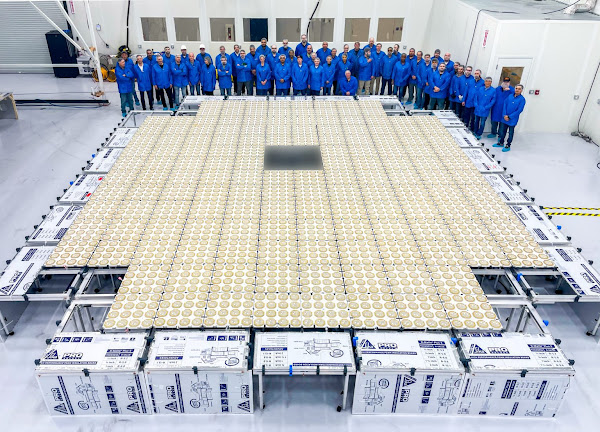A 2015 presentation that
SpaceX used to raise money from investorsreportedly projected that in 2022, Starlink would hit 20 million subscribers and generate nearly $12 billion in revenue and $7 billion in operating profit. The WSJ said it obtained the 2015 presentation and recent documents with numbers on Starlink’s actual performance in 2022.Actual Starlink revenue for 2022 was $1.4 billion, up from $222 million in 2021, according to the report. The documents apparently didn’t specify whether Starlink is profitable.
Starlink hasn’t signed up customers as quickly as SpaceX had hoped, the WSJ wrote.Toward the end of last year, Starlink had more than one million active subscribers, SpaceX has said. The company thought its satellite-Internet business would have 20 million subscribers as 2022 closed out, according to SpaceX’s 2015 presentation.
Jon Brodkin
Starlink is bumping up against a reality articulated by many skeptics of satellite Internet, the WSJ wrote.The majority of the world’s population that the business could serve and that can afford high-speed broadband lives in cities. In those regions, Internet service is readily available, usually offers cheaper monthly costs than Starlink and doesn’t require specialized equipment.
So glad we’re polluting our skies with thousands of satellites so that a handful of people from the richest countries can have mediocre Internet connections!
Companies presenting inflated projections to sway investors is of course nothing new – even more common if their owner is Elon Musk. This report is in itself not a new revelation, as it refers to figures reported by journalists years ago – I even wrote about this here back in 2017 – and basically compares them to achieved actuals. But you would think an Internet company would grow a lot more during the pandemic, as demand for online services skyrocketed. The failure to attract customers during that period is a strong indicator that the market for satellite internet is just not large enough to sustain these exaggerated expectations.

Nevertheless, rivals are pushing ahead with their own satellite constellations: the first prototypes for Amazon’s Project Kuiper internet service are slated to launch into space this Friday, and BlueWalker 3, the predecessor of AST SpaceMobile’s BlueBird satellites, recently made headlines as one of the brightest objects in the sky (at 64 m2 it’s also the largest communication array ever flown) – imagine having dozens or hundreds of comparable or more luminous objects obscuring the night sky!
As an interesting counterpoint, these past days also saw meager signs of regulation and control from the US FCC: the first penalty regarding space debris in a settlement with Dish Network for failing to properly dispose of the EchoStar-7 broadcast communications satellite, and the agency has begun requiring more operators of satellite constellations to work with astronomers to minimize the effects their satellites will have on ground-based astronomy. I’m not particularly confident that the US will follow through and enforce these rules on all companies equally, but at least they have taken steps, however small, in the right direction.
Post a Comment